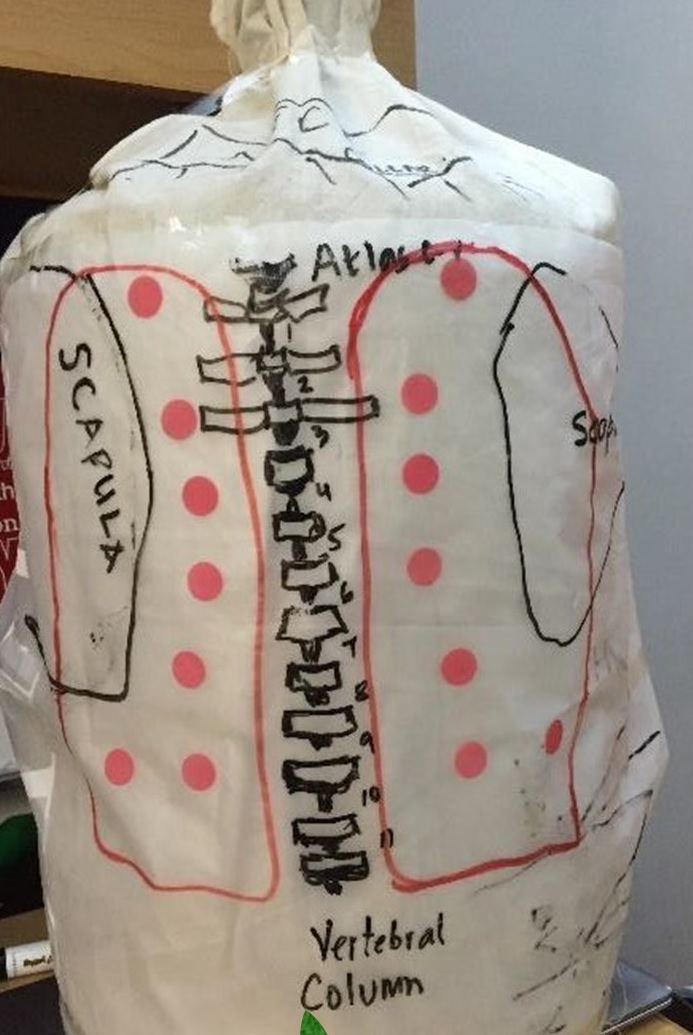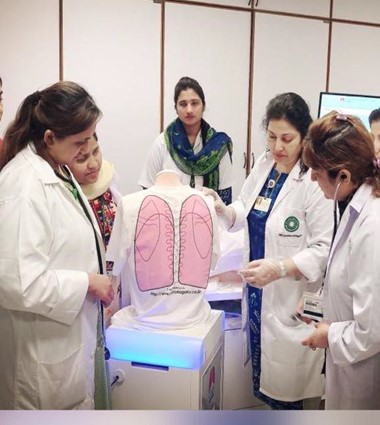Reflections on online teaching amidst the COVID pandemic
The Beginning
 Who am I? I am a teacher who has taught students face-to-face for the past two decades. However, due to COVID-19, I was fully emerged in the experience of online teaching. This journey was nothing less than a rollercoaster ride; full of excitement as well as painful challenges. Exciting-because it was different and in line with current educational trends, yet painful and challenging because there were so many technical glitches and educational unknowns that triggered my nerves and kept me questioning as to whether I had jumped into the right ride and whether I would ever reach my destination.
Who am I? I am a teacher who has taught students face-to-face for the past two decades. However, due to COVID-19, I was fully emerged in the experience of online teaching. This journey was nothing less than a rollercoaster ride; full of excitement as well as painful challenges. Exciting-because it was different and in line with current educational trends, yet painful and challenging because there were so many technical glitches and educational unknowns that triggered my nerves and kept me questioning as to whether I had jumped into the right ride and whether I would ever reach my destination.
Entering the Maze of Online Teaching: The Why and Whereof
 Why did we go for it? I suppose, it was God’s way of teaching us that in the middle of every difficulty, lies an opportunity. The COVID-19 pandemic made us rethink of our ways of teaching. No doubt that both faculty and students were not prepared or trained; nor did we have the resources for online teaching learning. But there was a dire need to reconnect with our students and using online mode was the only choice. The desire to not just sit back and wait, thereby wasting students’ learning time, fueled our interest in trying out the online teaching modality. The openness from the University management motivated us further to innovate and create virtual classrooms. We pioneered full, online course instruction and assessment amid the pandemic.
Why did we go for it? I suppose, it was God’s way of teaching us that in the middle of every difficulty, lies an opportunity. The COVID-19 pandemic made us rethink of our ways of teaching. No doubt that both faculty and students were not prepared or trained; nor did we have the resources for online teaching learning. But there was a dire need to reconnect with our students and using online mode was the only choice. The desire to not just sit back and wait, thereby wasting students’ learning time, fueled our interest in trying out the online teaching modality. The openness from the University management motivated us further to innovate and create virtual classrooms. We pioneered full, online course instruction and assessment amid the pandemic.
The Key to the Maze
 How did we do it? Most teachers of my generation are not as tech savvy as compared to our students. But I am a quick learner and tend to think out of the box. I discussed with an e-learning expert on to how to initiate online classes, who guided me to explore Microsoft Teams, and I ended up watching the tutorial videos. Digital boot camps for training faculty to use online tools were initiated by the university. This way, I gained more confidence to use both synchronous and asynchronous modes of virtual teaching.
How did we do it? Most teachers of my generation are not as tech savvy as compared to our students. But I am a quick learner and tend to think out of the box. I discussed with an e-learning expert on to how to initiate online classes, who guided me to explore Microsoft Teams, and I ended up watching the tutorial videos. Digital boot camps for training faculty to use online tools were initiated by the university. This way, I gained more confidence to use both synchronous and asynchronous modes of virtual teaching.
I tried game-based activities like Kahoot, Mentimeter, Quizziz and Nearpod. I used whiteboard and annotations on Zoom, cloud on Mentimeter and Padlet’s collaborative boards. My students enjoyed working in break-out rooms, doing virtual seminars, and tele-simulations. I also tried virtual labs to teach students assessment skills, making home-based task trainers for practising lung examination (I showed them how to make a body torso by wrapping a cloth piece on a 19-gallon water bottle, and drawing anatomical landmarks on it). The students re-demonstrated the learnt assessment skills on their handmade torso while I gave them feedback online. It became a jointly exciting endeavour. In fact, now that we have learnt the basics, I am willing to do it again with more confidence, hopefully with fewer trials and tribulations.
Surviving the Maze: The Indelible Moments
What were the difficulties I faced? Of course, it was not a perfect first time. I recall the initial online classes which were full of uncertainties. I felt lonely despite being connected via a computer with 100+ students. I felt strained and achy; just sitting, talking, and changing screens. There were many dreadful challenges: internet and connectivity disruption, frequent load shedding and power failure, sickness amongst my students and their family members due to the surge in pandemic, increased mental stress, the distress of working from home, setting work corners in bedrooms and balconies whilst sharing laptops with one’s own children. 
No matter how and where I conducted online classes from, there was this additional uncertainty of whether real students are sitting behind the screen or were those just on-screen selfies. How can I forget those awkward instances: somebody calling you in the background, children crying and fighting, hard- of- hearing parents calling to check if you are still online, doorbells ringing, hawkers announcing their arrival in neighborhood, pets and stray birds seeking your attention; and of course, the sound of a toilet flushing which served as an embarrassing reminder of the need for an urgent ‘break time’; instances that cause untold mortification in the moment and are only humorous in retrospect.
 I became more appreciative of the value of quiet and noise-free classrooms on campus. Despite being situated in a hospital, we never heard ambulance sirens and cars honking in our classrooms, but with virtual classes, students’ screens let us peek into their homes.
I became more appreciative of the value of quiet and noise-free classrooms on campus. Despite being situated in a hospital, we never heard ambulance sirens and cars honking in our classrooms, but with virtual classes, students’ screens let us peek into their homes.
Recalling the stories of my remote students is the most sobering of memories. These students were unable to access university learning management system, due to no internet connectivity or adequate bandwidth at their homes. They had to travel long distances, request for escorts, arrange transport to reach the local hub campuses, for downloading e-resources, and transferring files into their USBs. Learning was a painstaking journey for them. Driven by the need for equity and fairness, I sent voice messages to them on their phones, held calls in the middle of night when connections were better so they could share their queries on my recorded lectures.
Continuing the Journey
 So, what’s next? I keep thinking what will the next semester be like? Will it be normal, or the new normal, or another newer ideal normal! I do not know but I think we may not teach the same way ever again after having experienced the extreme modes of teaching; traditional face-to-face and completely online. This learning is enough to transform our ways of doing and teaching. We need to reimagine once again how to teach our curriculum in a hybrid mode: a mix of face-to-face and online, synchronous and asynchronous learning.
So, what’s next? I keep thinking what will the next semester be like? Will it be normal, or the new normal, or another newer ideal normal! I do not know but I think we may not teach the same way ever again after having experienced the extreme modes of teaching; traditional face-to-face and completely online. This learning is enough to transform our ways of doing and teaching. We need to reimagine once again how to teach our curriculum in a hybrid mode: a mix of face-to-face and online, synchronous and asynchronous learning.
A call for action
Let us innovate, put our thinking caps on, and redesign. Do not just go back to face-to-face teaching only nor struggle with the isolated fully virtual classes but create a blend of synchronous classes with asynchronous activities. For teaching practical skills, we can offer face- to-face value-based sessions with a combination of demonstrations, virtual and tele-simulation learning. Let us transform the future of education. Let us redesign education for this era. We have stayed within the status quo for too long. I am for the blended bichronous mode of teaching: 2021 and beyond!
About the author
Shanaz Cassum is an Assistant Professor at the Aga Khan University School of Nursing and Midwifery. She is an inaugural member of the AKU Teachers’ Academy, and a Fellow of the Higher Education Academy, UK. She received the Award for Innovation in Teaching Practice in recognition of her outstanding teaching and academic pursuits at AKU’s Global Convocation 2021.


